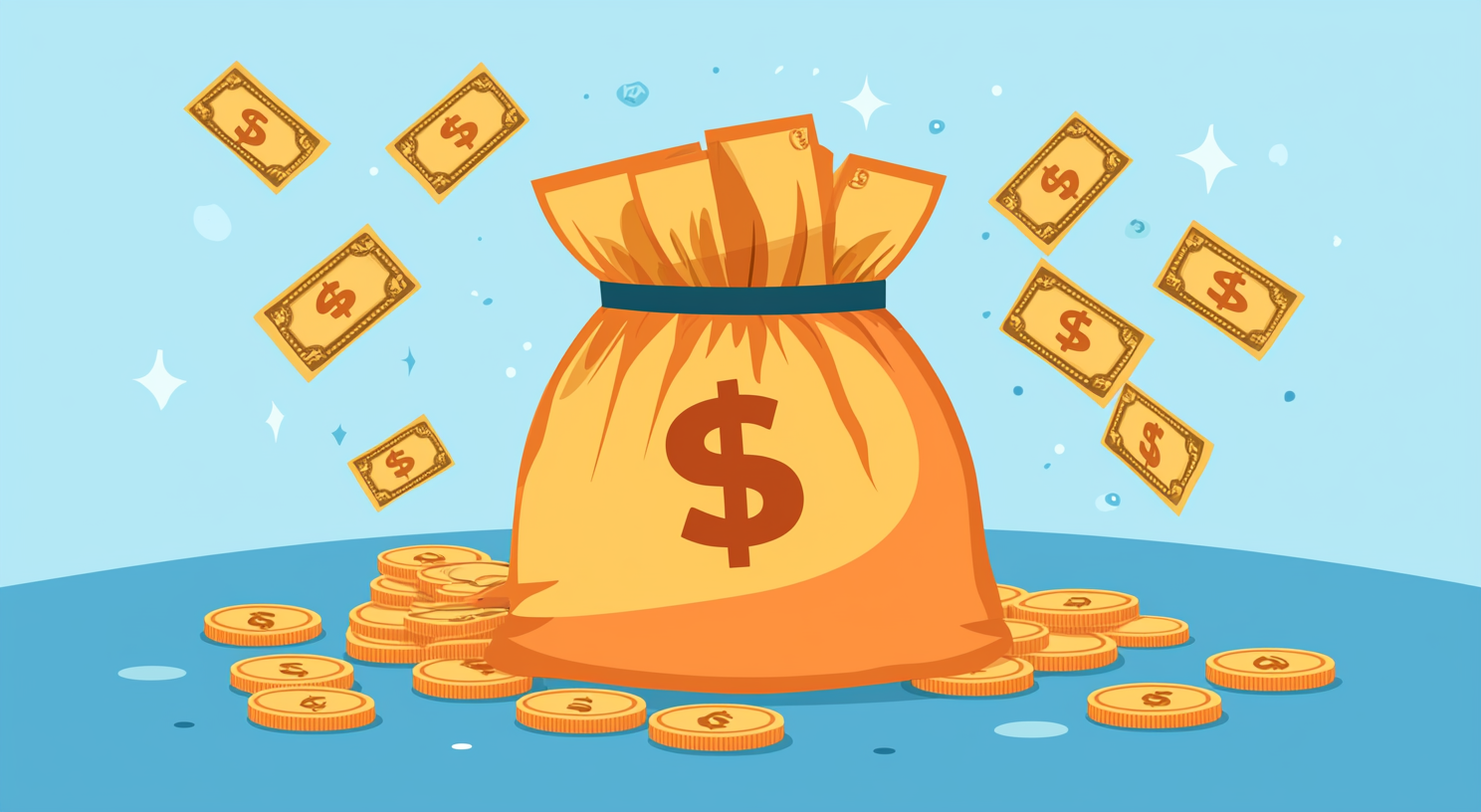Imagine earning money while you sleep—literally. That’s the magic of dividend investing. It’s a strategy that allows you to build a steady stream of passive income simply by owning stocks in well-established companies. Whether you’re a beginner or a seasoned investor, dividend investing can help you achieve financial freedom with minimal effort.
In this guide, I’ll break down everything you need to know about dividends, how to invest in them, and how to maximize your returns. Get ready to build wealth the smart way!
What is Dividend Investing?
Dividend investing is a strategy where you buy stocks that pay regular dividends—a portion of a company’s profits distributed to shareholders. These payments can be monthly, quarterly, or annually, giving you a reliable source of income.
Fun Fact: Some companies have been paying dividends for over 100 years, including Coca-Cola and Procter & Gamble!
Why Do Companies Pay Dividends?
Not all companies pay dividends. Those that do are typically financially stable and profitable. They share profits with investors to attract more shareholders and maintain a loyal investor base.
Some industries known for strong dividend payments include:
- Utilities (e.g., Duke Energy, NextEra Energy)
- Consumer Goods (e.g., Procter & Gamble, Johnson & Johnson)
- Financial Services (e.g., JPMorgan Chase, Bank of America)
How Dividend Investing Works
Here’s how you get paid with dividends:
- You buy shares of a dividend-paying stock.
- The company declares a dividend (e.g., $1 per share).
- You receive payments based on the number of shares you own.
- Reinvest or cash out the dividends.
Pro Tip: Reinvesting your dividends (via a Dividend Reinvestment Plan, or DRIP) helps you compound your earnings faster!
Key Dividend Terms You Should Know
- Dividend Yield: The percentage of the stock price that is paid out in dividends annually.
- Payout Ratio: The percentage of earnings a company pays as dividends.
- Ex-Dividend Date: The cut-off date to qualify for the next dividend payment.
Benefits of Dividend Investing
✔ Passive Income: Earn money without working for it.
✔ Compound Growth: Reinvesting dividends helps your portfolio grow exponentially.
✔ Stability: Dividend-paying stocks are often more stable than growth stocks.
✔ Hedge Against Inflation: Your income grows over time, keeping up with rising costs.

How to Get Started with Dividend Investing
1. Open a Brokerage Account
To invest in dividend stocks, you need a brokerage account. Some popular options include:
- Robinhood (Great for beginners, no commissions)
- Charles Schwab (Full-service brokerage with research tools)
- Fidelity (Great for long-term investors)
2. Choose Dividend Stocks Wisely
Look for companies with:
- A history of consistent dividend payments
- A strong financial position (low debt, stable earnings)
- A reasonable payout ratio (below 60% is ideal)
Popular dividend stocks:
| Company | Dividend Yield | Industry |
|---|---|---|
| Johnson & Johnson | 2.8% | Healthcare |
| Procter & Gamble | 2.5% | Consumer Goods |
| Coca-Cola | 3.1% | Beverages |
Pro Tip: Invest in Dividend Aristocrats—companies that have increased their dividends for 25+ consecutive years.
3. Diversify Your Portfolio
Don’t put all your money into one stock. Instead, spread your investments across different industries to reduce risk.
- Tech: Microsoft, Apple
- Energy: Chevron, ExxonMobil
- Healthcare: Pfizer, Merck
Dividend Reinvestment Strategy (DRIP)
A Dividend Reinvestment Plan (DRIP) allows you to automatically reinvest your dividends to buy more shares. This accelerates compound growth over time.
Example: If you own 100 shares of a $50 stock with a 3% dividend yield, your $150 in dividends gets reinvested to buy more shares, increasing your future payouts.

Dividend ETFs vs. Individual Stocks
If you don’t want to pick individual stocks, consider Dividend ETFs. These funds invest in multiple dividend-paying companies, reducing risk.
Best Dividend ETFs:
- Vanguard Dividend Appreciation ETF (VIG)
- iShares Select Dividend ETF (DVY)
- Schwab U.S. Dividend Equity ETF (SCHD)
Tax Implications of Dividend Investing
Dividends are taxable, but rates depend on whether they are qualified or non-qualified dividends.
| Dividend Type | Tax Rate |
|---|---|
| Qualified | 0%, 15%, or 20% (lower tax rates) |
| Non-Qualified | Taxed as regular income |
Tip: Holding dividend stocks in a Roth IRA helps you avoid taxes on dividends!
Common Mistakes to Avoid
Chasing High Dividend Yields: Stocks with excessively high yields (8%+) may be risky.
Ignoring Payout Ratios: A payout ratio over 100% is unsustainable.
Not Reinvesting Dividends: Compounding is the secret to real wealth!
Conclusion
Dividend investing is a powerful way to generate passive income, grow your wealth, and achieve financial independence. By choosing strong companies, reinvesting your dividends, and maintaining a diversified portfolio, you can build a financial future where your money works for you.

FAQs
How much money do I need to start dividend investing?
You can start with as little as $100, but the more you invest, the more dividends you’ll earn.
What is the best way to reinvest dividends?
Using a DRIP (Dividend Reinvestment Plan) ensures automatic reinvestment without extra fees.
Can I live off dividends alone?
Yes! With enough invested capital, you can replace your job income with dividends.



